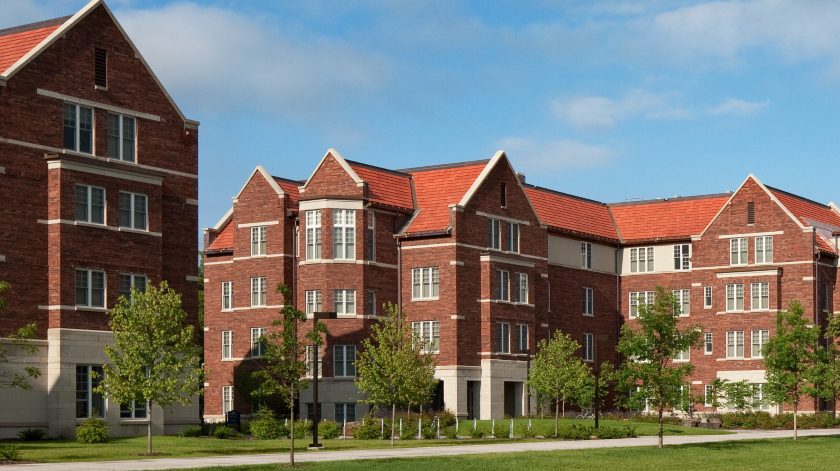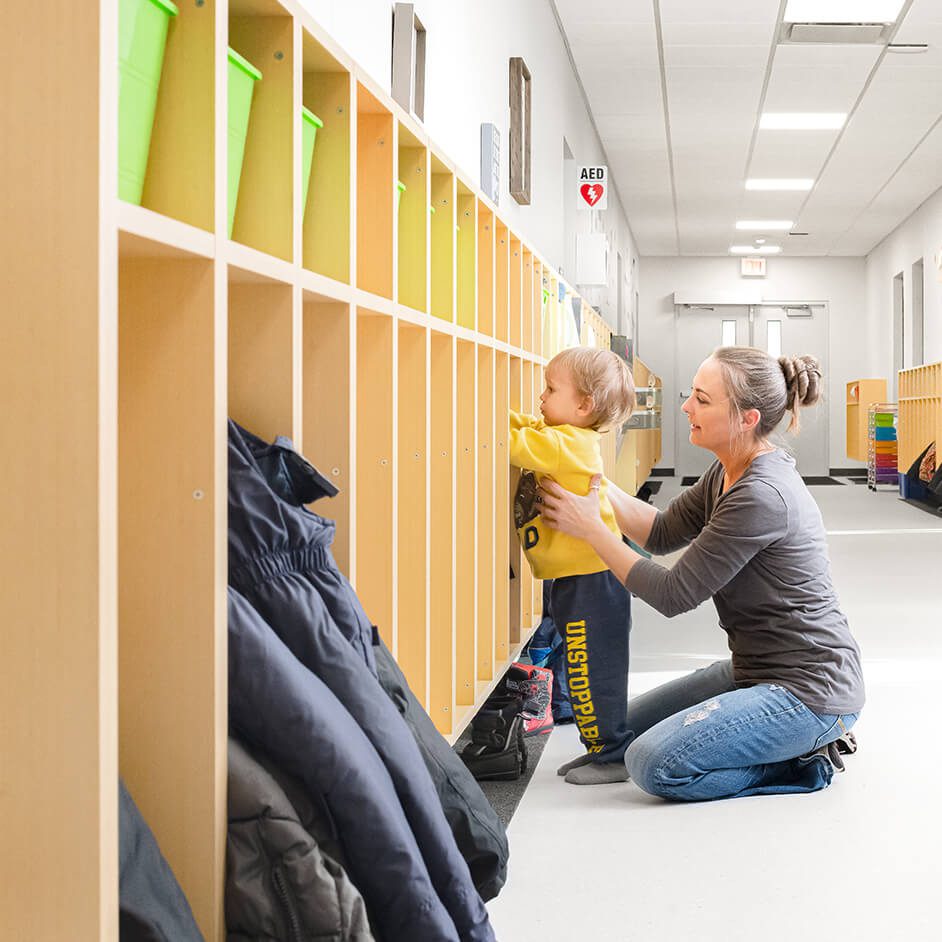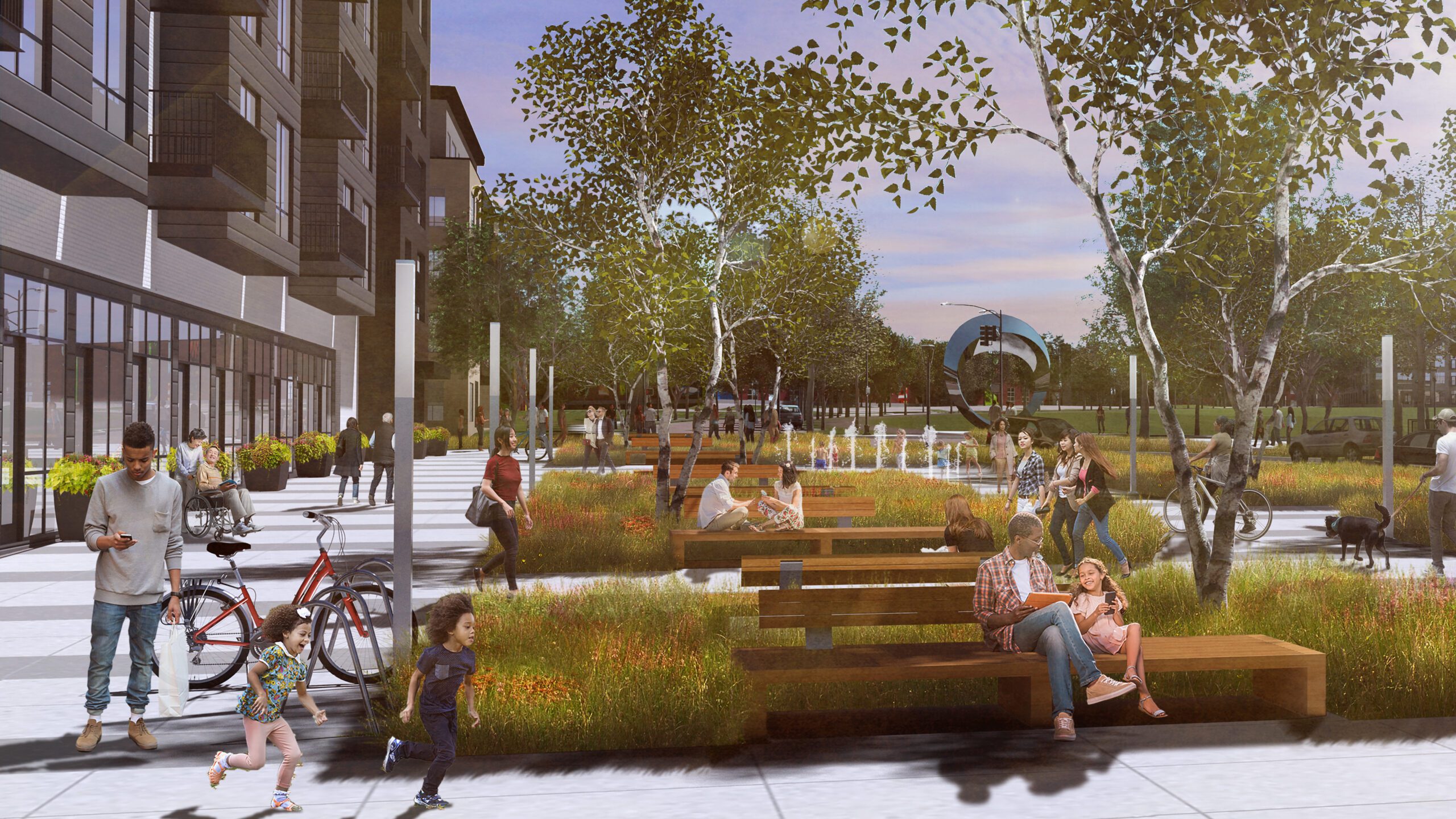
For years, academic spaces and residential facilities were designed differently. Classrooms, labs, and libraries were laid out for learning. Dormitories were configured for…well, warehousing students.
Today, residential buildings are often a point of differentiation among competing schools. Acoustics matter; air conditioning matters. Students shopping for the best on-campus experience they can afford will turn up their noses at concrete block walls and communal showers. Administrators who fail to see their housing stock through the eyes of Gen Z consumers may struggle with enrollments in the decades ahead.
The design of college and university housing is changing in multiple ways, say LHB architects Sara Phillips and Kim Bretheim. Here, Sara, a designer focused on higher education who has worked with numerous public and private institutions, and Kim, a longtime housing specialist who worked on Cassat and James Halls at Carleton College in Northfield, MN, discuss trends in on-campus living—and how good design can help attract the next generation of students.
Spaces that Foster Community
KIM: Most people who go to college have two goals: They want to improve themselves through education and be around people who share their interest in learning. They want to live with people who share their passion for math or music or neurobiology or women’s studies. They want a community where they can live and learn 24/7. That’s what a residential institution provides.
SARA: But everyone wants to find their people within the larger college or university community, right? In the past, that could take a while. Roommates were assigned by lottery, at least for first-year students. The friends you made through classes were often scattered across campus.
KIM: Today’s housing tries to be more responsive to existing communities and cultures. A cluster of rooms might be set aside for LGBTQIA+ students or members of a Black student organization. Rather than living on a dormitory floor with a random group of people, some students say they feel safer or like they can truly relax and be themselves if they’re housed in spaces with people who share similar backgrounds. After a day on campus interacting with others, they can retreat to a residential space where they can celebrate the traditions of their unique community or talk candidly about how they felt about their day.
SARA: You also have to create the possibility of communities at multiple scales, where housing can be used for multiple purposes. You might need a space where you can invite 100 people to gather for a celebration or a group discussion, but you don’t want that meeting to adversely impact other residents studying or socializing in the building.
Designs that Allow for Privacy
SARA: Community is very important to today’s students. But so is privacy.
KIM: True. Sixty years ago, when residence halls were constructed on many campuses, most students were baby boomers coming from homes with where they shared bedrooms and bathrooms with siblings. Today, many kids grew up in homes where they had their own private spaces.
SARA: When I started at Iowa State about 30 years ago, there wasn’t really any privacy for students on campus except in your dorm room, and if you were a first-year student, you most likely had a roommate selected by the university. The floors and bathrooms in our dorm were segregated by gender but still had showers with limited privacy. There weren’t many places where you could just close the door and be alone with your thoughts. The housing we design for today’s clients has a mix of spaces—so students can choose community or privacy depending in their mood, needs, personality….
KIM: The challenge, of course, is that you don’t want to create spaces that are too isolated. You want to encourage interaction without forcing interaction. Design-wise, you might provide a communal space where people can gather, but also provide a way to exit the facility without having to pass through that space.
SARA: One change we’re seeing is more small communal spaces within housing. It might be a space where you can hang out on comfortable furniture and do some gaming. Or maybe there’s a kitchen where can cook a full meal and practice your culinary skills. It’s not just a small kitchenette for one dorm room, with a microwave for making popcorn. We’re really trying to create comfortable spaces—places that feel like a home away from home.

Buildings that Can Handle Climate Change
SARA: Environmental issues are a top concern for many students. Young people care about their future, and they’re passionate about the health of the planet. Schools that focus on sustainability often strike a chord with students.
KIM: Many schools have added wind turbines and solar panels to their campuses in recent years. Now, clean energy is a topic when institutions renovate their dorms or add new housing. One of our clients, Carleton College, transitioned from a central hot water heating plant to a district energy geothermal system a few years ago. Two new housing developments, designed by LHB, are currently under construction at Carleton, and those buildings will be connected to the geothermal system plus have solar panels to offset the amount of energy used within the buildings.
SARA: Resiliency, materials sourcing, and other matters related to sustainability are also important—to school officials and students alike. At Carleton, the exterior walls and roof systems are designed to be energy efficient with still providing durable, visually pleasing buildings.
Overall, it’s an interesting time to be designing student housing. As architects, we have to think about the current culture, the clean energy transition, academic needs, acoustics, accessibility, and aesthetics. And then we also have to anticipate what tomorrow will bring? How do we create housing that will last for 40 years or more? How can we anticipate how future generations of students will want to learn and live on campus?
Read more about LHB’s higher-education projects here. Got a question related to campus residential design? Click on the author tab and send Sara Philips an email.


